-
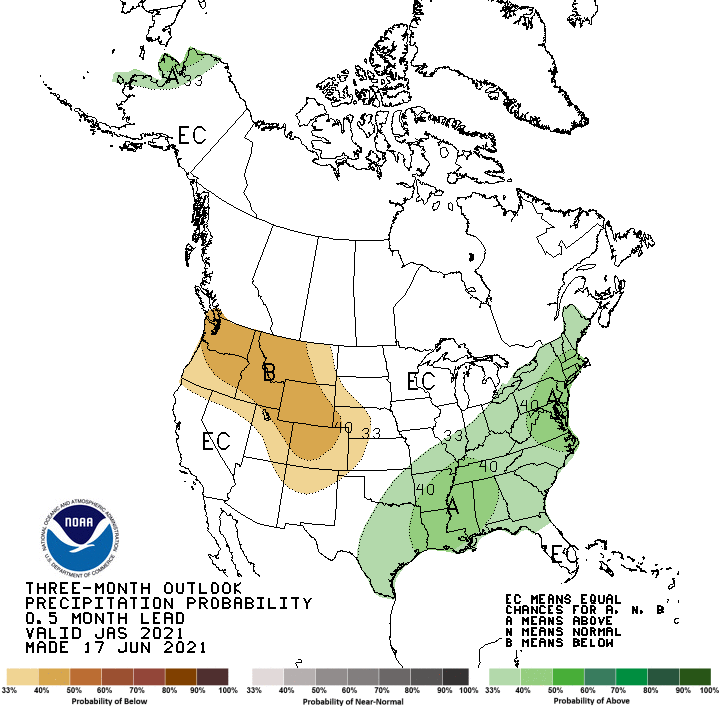
The latest seasonal outlooks were released from NOAA last week. They show that July 2021 is expected to be wetter than normal but there is no signal in temperature except a slight lean toward warmer than normal conditions in the eastern part of the region. The next two weeks are expected to be cooler than…
Posted in: Climate outlooks -

Today is the day of the summer solstice, so astronomical summer officially begins at 11:32 pm EDT (it’s June 21 in Great Britain). Remember that climatological summer began on June 1. We start the season with the passage of Tropical Depression Claudette, one of the earliest 3rd named storms of the year. According to Brian…
-
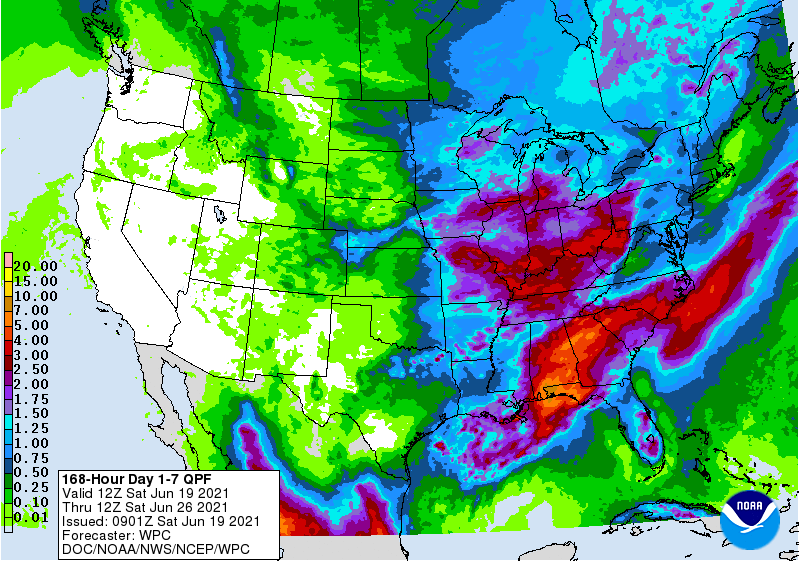
The latest 7-day QPF map shows a lot of rain for parts of the Southeast, dominated by the heavy rain that will come from TS Claudette (named as of 4 am this morning). Some areas could see up to 5 inches or more, but other areas will get missed. After Claudette moves out, a cold…
Posted in: Climate outlooks -
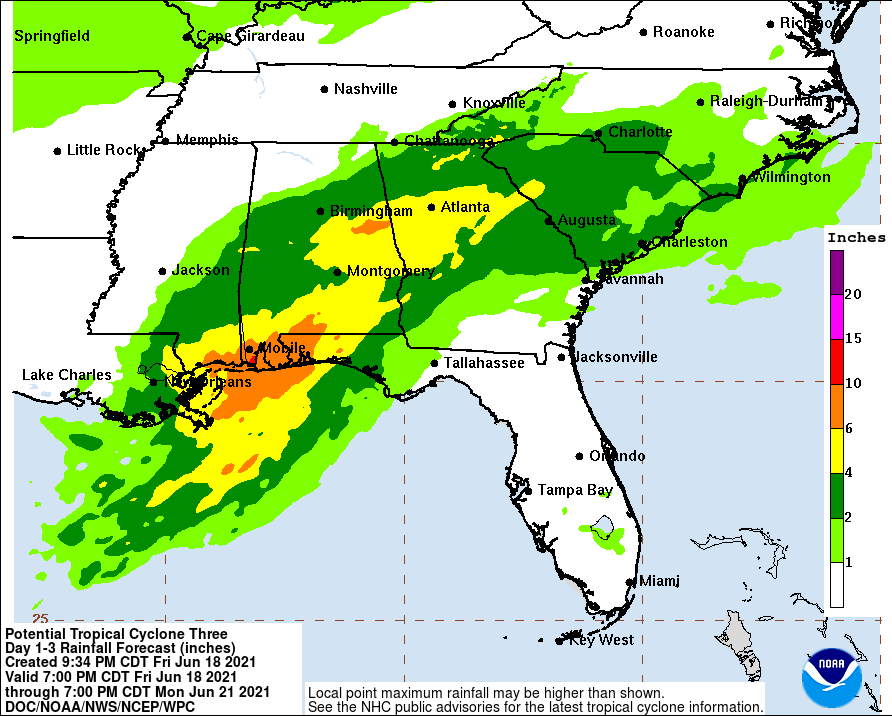
Update: As of 4 am, this was named TS Claudette. The National Hurricane Center is still watching Potential Tropical Cyclone Three to see if it organizes enough to become a named storm before or soon after it makes landfall sometime overnight. If you read this in the morning, then you will know what happened! The…
Posted in: Tropical weather -

The National Weather Service is changing the language of their severe storm warnings. They have been using the word “Advisory” to indicate a chance of severe weather, but find it often gets confused with “Watch”. They would like your help to find a better plain language way to give the outlooks. You can help by…
-
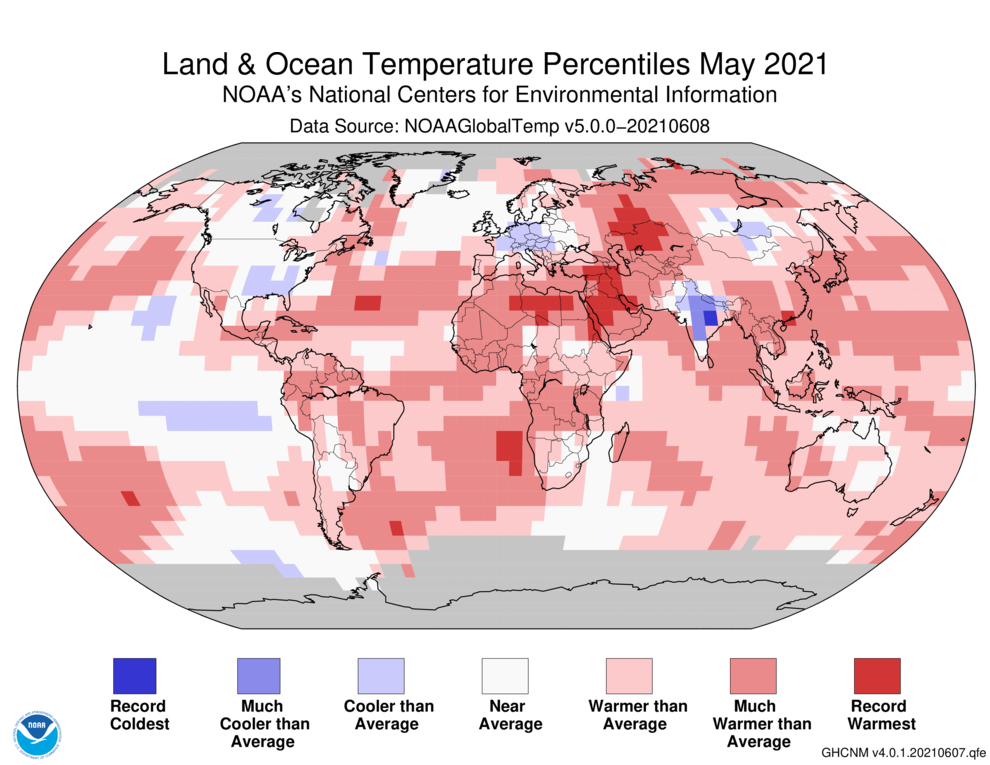
The latest global climate summary for May 2021 was released by NOAA this week. It shows that May tied for the 6th warmest on record. The map below shows that the Southeast was one of just a few areas of the world that was cooler than normal. For the spring March through May period, we…
Posted in: Climate summaries -
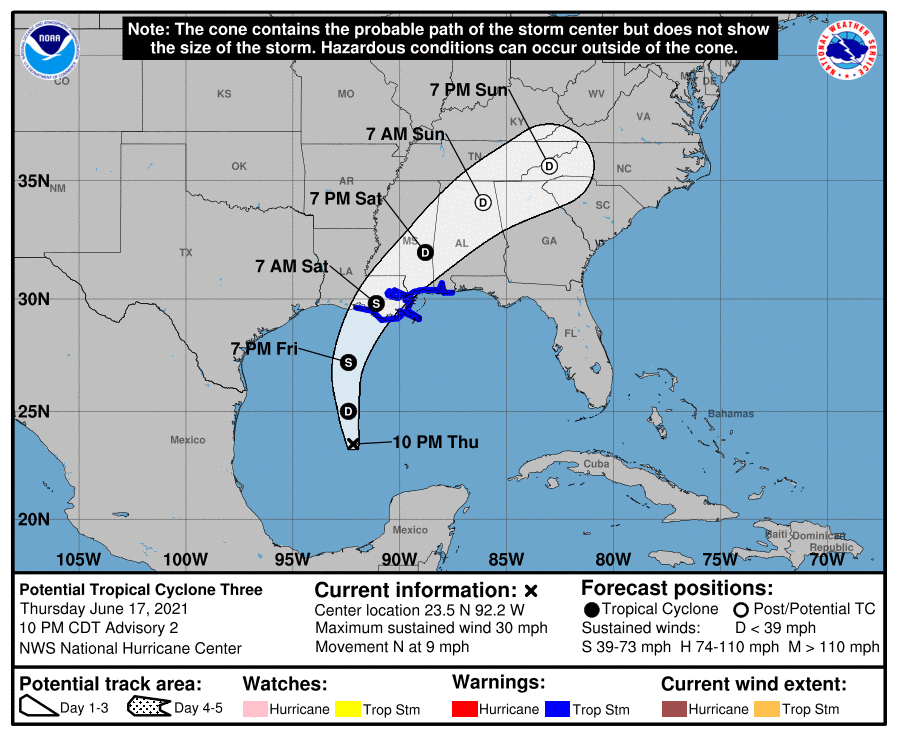
The National Hurricane Center is tracking a weak center of low pressure in the Gulf of Mexico that could develop into Tropical Storm Claudette in the next day. It is still quite disorganized, so predicting the path of the storm is somewhat difficult. However, the current path of the storm brings it onshore in eastern…